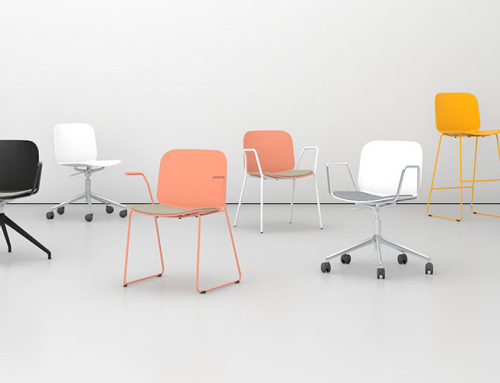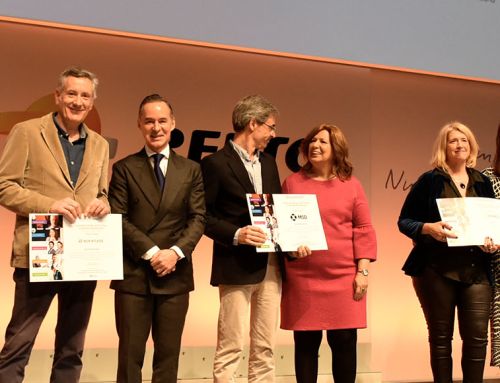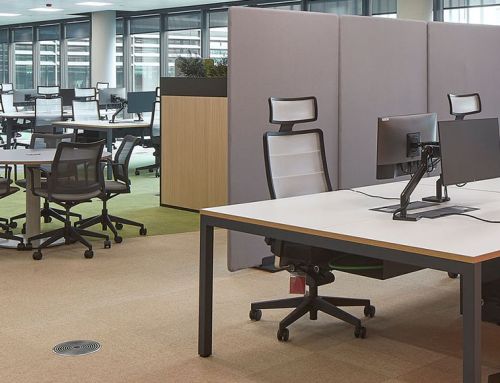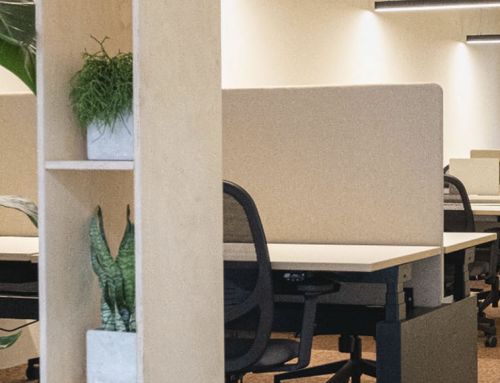The circular economy is an economic concept that is interrelated with sustainability, and whose objective is that the value of products, materials and resources is maintained in the economy for as long as possible, and that the generation of waste is minimized.
Currently, each Spaniard generates an average of 460 kg of urban waste per year, that is, six times more than its average weight, according to data from Ecoembes.
This data is a consequence of the linear economic model that has prevailed for years, based on extraction, production, consumption and disposal. A model that implies a high environmental cost, both at the time of producing the products and at the end of their life cycle.
From the 3Rs to the 7Rs of the circular economy
The circular economy proposes another, more sustainable system that takes advantage of resources and gives a new life to the waste we generate.
The objective of the circular economy is, therefore, to make the most of the material resources available to us by extending the life cycle of products. The idea arises from imitating nature, where waste becomes a new resource.
The 3Rs of sustainable development are known –Reduce, Reuse and Recycle– they minimize the impact, saving resources and energy. The circular economy introduces another 4 into the chain: Repair, Renovate, Recycle and Recover.
Benefits of the circular economy
Among the benefits of the circular economy, the protection of the environment by reducing emissions, reducing the generation of waste and minimizing the consumption of natural resources stands out.
The circular economy stimulates the development of a more competitive production model and reduces dependence on imported raw materials, benefiting the local economy.
The impact of the circular economy on our health
Special mention has the positive impact of the circular economy on our health.
The environment in which we live influences our health and, therefore, our well-being. For this reason, sustainable development is the best way to take care of our planet and our health.
In the workplace, the adoption of the circular economy also integrates a platform of good management practices that leads to an effective prevention system
The Circle Office
The application of the principles of the Circular Economy in the office promotes a sustainable and healthy environment, where resources are used rationally, waste is minimized and reuse and recovery are promoted.
To implement this circular office, it is necessary to take into account its objectives from the very design of the space and its processes and work dynamics.
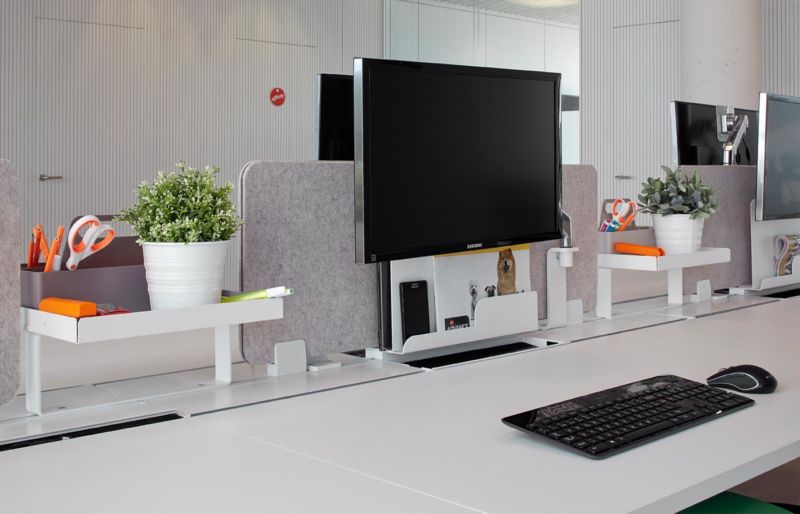
The circular office seeks the efficient use of all resources, such as water and energy; implements the paperless office; promotes recycling, repair…
However, to achieve a truly circular office, it is necessary to emphasize not only energy efficiency and the use of resources, but also the efficient use of space, aligned with the new, more flexible corporate cultures.
In this sense, the office must be a flexible workplace that can give adequate support to the current activity and to be able to adapt to future uses.
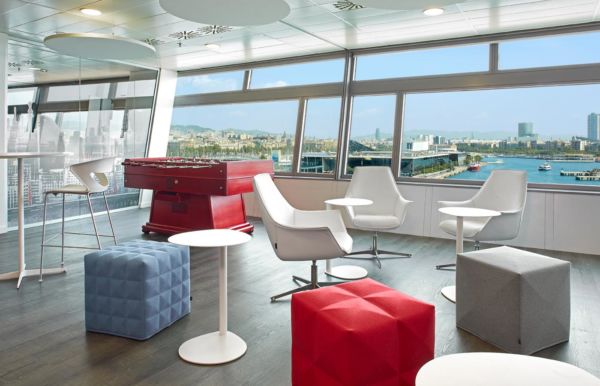
The creation of flexible workspaces is perceived as the most sustainable solution so that, for example, organizations can grow without having to take up more space, which translates into less consumption of natural resources, less emissions and less waste.
Benefits for the company of the Circular Office
A circular office is a healthy space, with the highest standards of comfort. Therefore, more attractive to workers.
On the other hand, it is a space that conveys the company’s commitment to the planet and its people.
In the process of betting on the circular economy, companies are not alone. For example, the Spanish Association for Standardization, UNE, has published the report Study of the contribution of technical standards to the circular economy, in order to make visible the contribution that standards have to reduce the processing of new resources and the generation of waste. The report, which covers numerous sectors (industry, tourism, fashion, health or real estate, among others), is aimed at both companies and regulators who are looking for references to determine the circular economy in the market.

